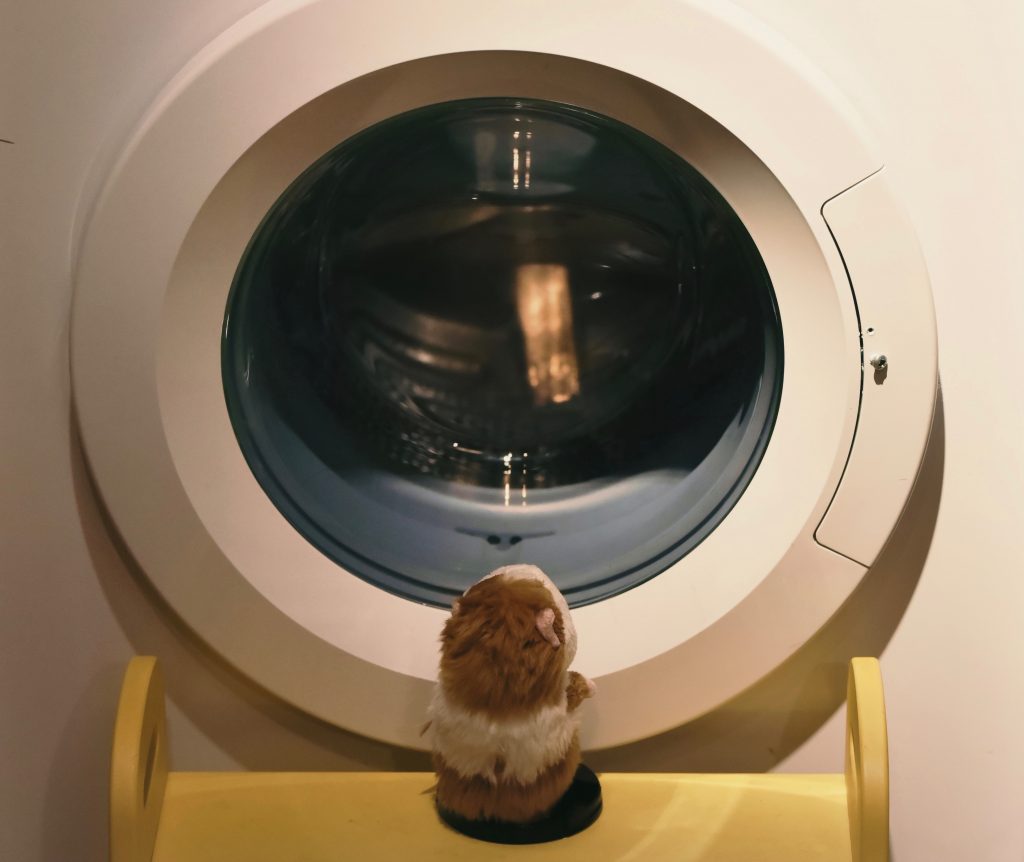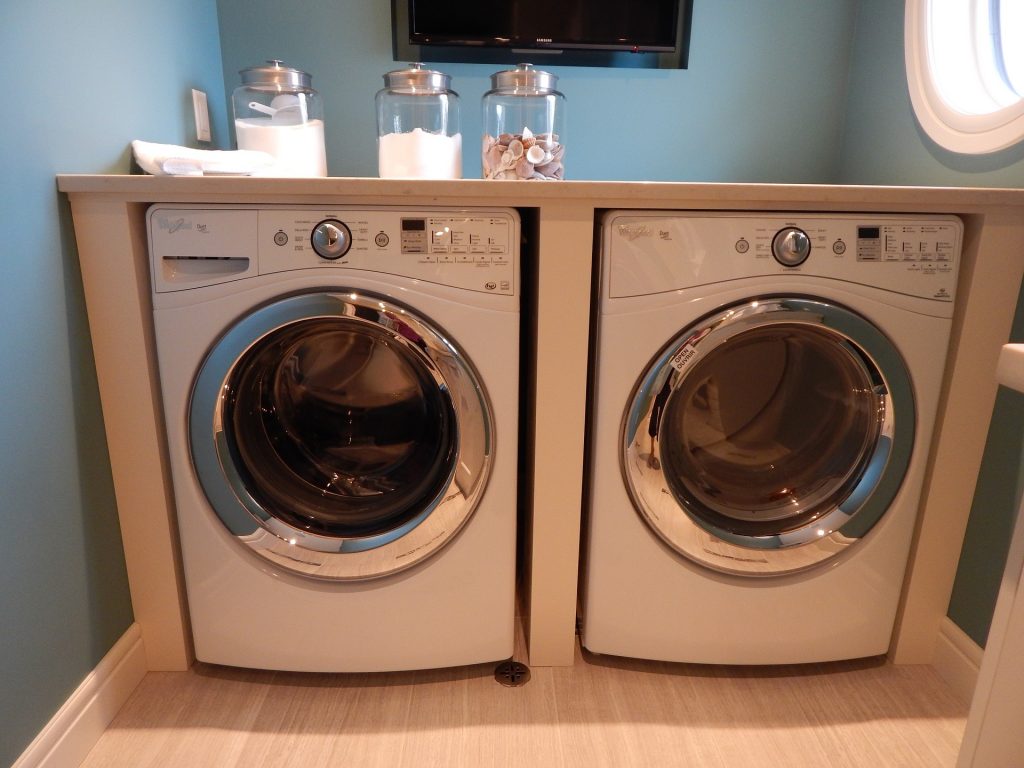Whether you like it or not you are going to spend a lot of time doing laundry, depending on the size of your family you could even accumulate a year in time spent doing laundry. So, why not make this huge, unavoidable task of the home a little easier with the perfect laundry space, let Maydone help you out here!
First of all, let’s see what you will need for a top Laundry Room:
- Washing Machine
- Dryer
- Cabinets for detergents
- Room for dirty clothes
- Flat surface to fold (optional)
Now lets get down to layout options that could work for you.
If you live small go for – Open Layout
This form of Laundry Space is smack in between something else, could be part of your kitchen or playroom, maybe the garage. It works for homes that can’t dedicate a whole space for laundry but it can still be functional, how?
- Create space for your laundry needs for example: add cabinets for detergents, clean or get a cover for surfaces to fold clothes on, etc.
- You can multitask and cook while doing a load.
- Go for smaller washing machines and dryer so it fits properly
- Pick a style and design model that mixes well with your other kitchen appliances.
When in doubt – Hide It Out
This is great for people that do not want to be reminded of laundry when they are not doing it, and for smaller homes as well. If you have an unused closet, room, or space that can fit your appliances then create your laundry room there and forget about the hassle!
The advantages of the hidden laundry room are in the name, no one can see it and it still has its one functional space. This can even work in mix with other spaces just hide your washer and dryer with a cabinet if you place them in the kitchen or elsewhere.
Classic is best – The Galley Layout
This layout is one of the better recognized and most simple. Typically, laundry rooms with a galley layout are small and fitted to tight spaces. Using a small room you fit the washing machine and dryer to one side and use the other for storage, you could also add a sink for handwashing. You can also organize everything into one side with stacked washing machine and dryer sets, plus cabinets and a smaller sink.
Make it fit you!
The most important takeaway from all these styles is to make the room work for you and your needs. So, whatever layout you choose make sure you put that before any other consideration and remember our numbers if your washing machine or dryer starts acting up.
Happy Laundry Day!






